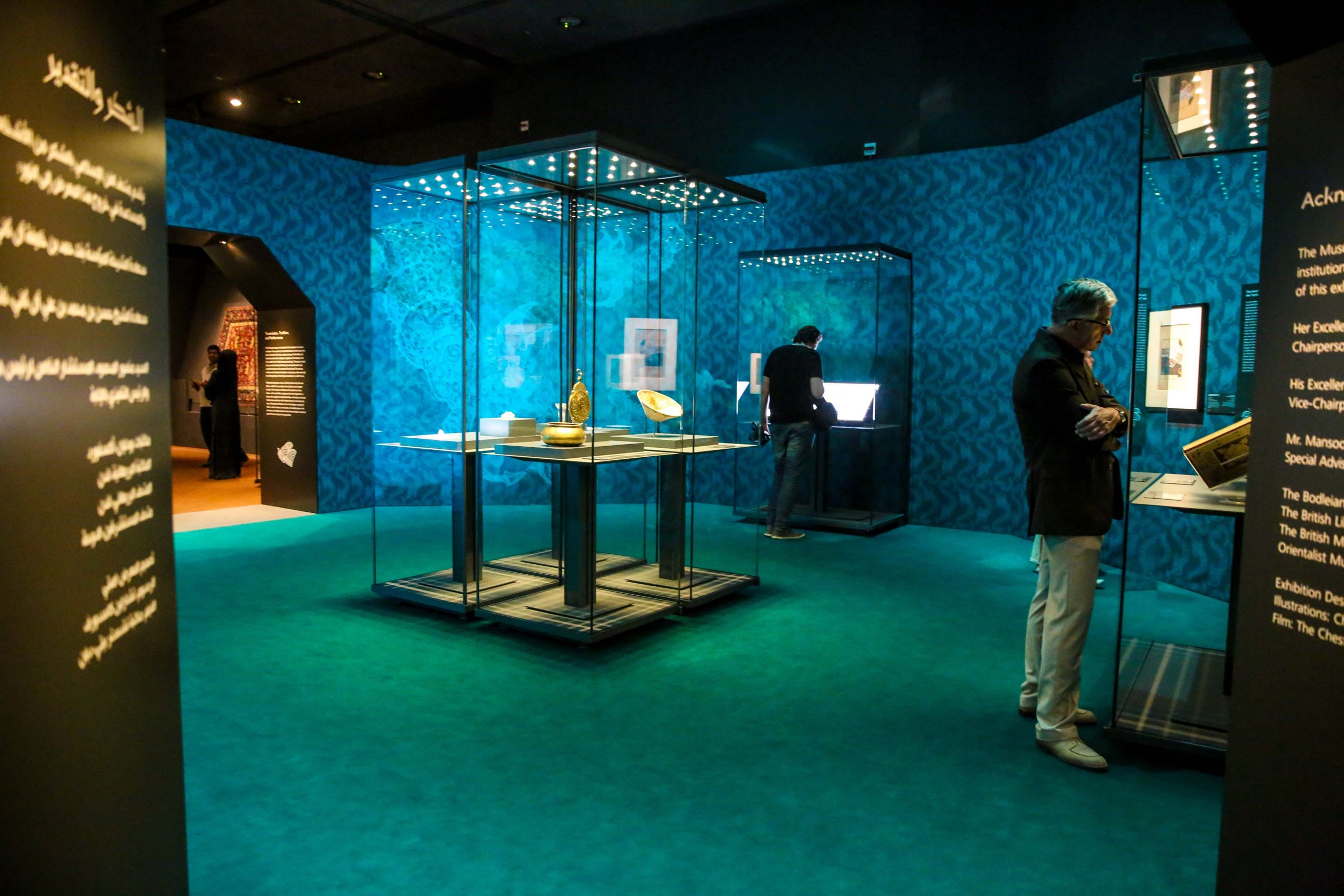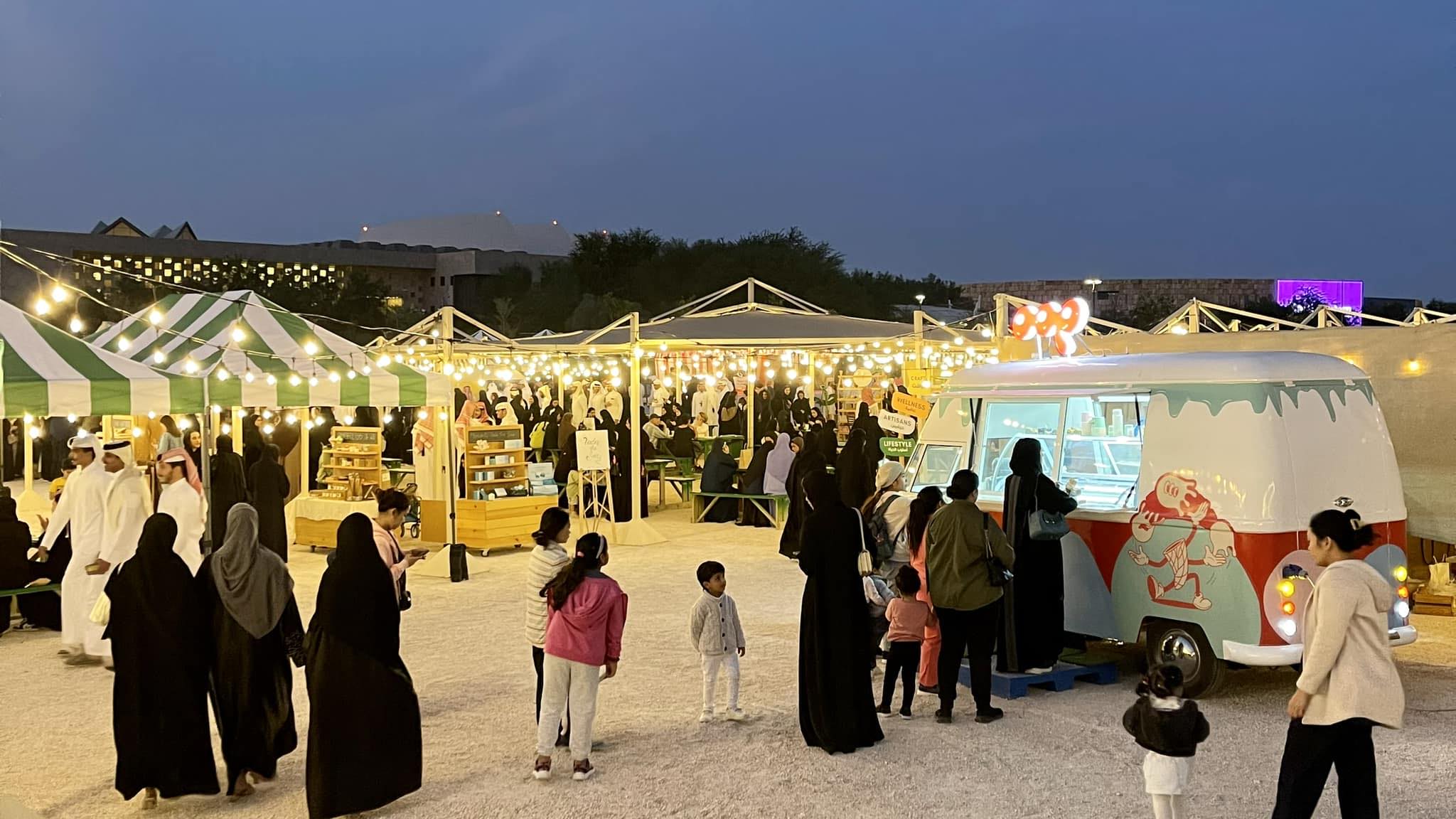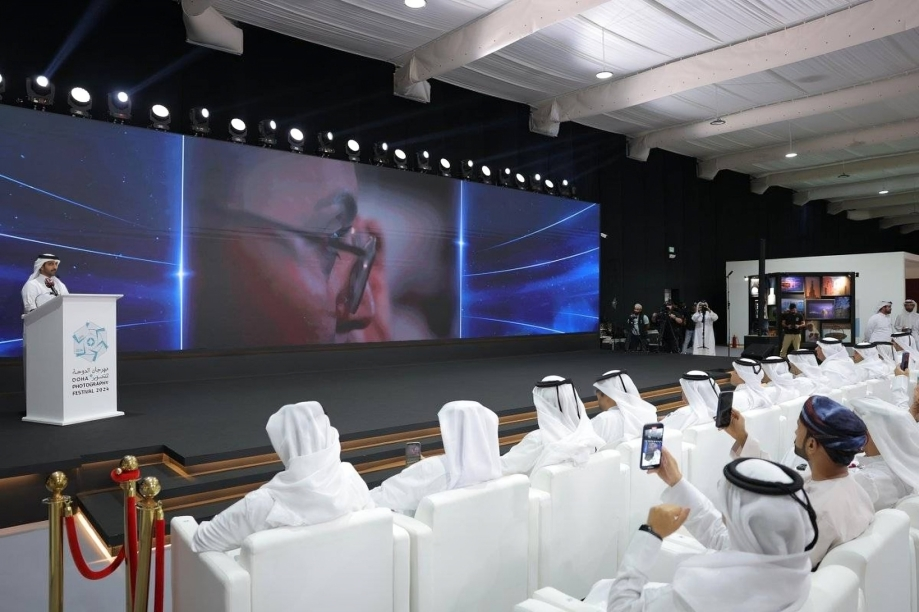
Qatar is home to the only freezer of its kind in the Gulf that protects precious historical artifacts from unwanted pests, a specialist at the Museum of Islamic Art (MIA) has said this week.
The custom-made deep-freezer ensures that works brought for display in Qatar’s galleries and museums are properly preserved, he added.
Insects often hitch a ride on or in the packaging of newly-acquired artifacts coming to the country’s Museum of Islamic Art.
But the delicate nature of the items poses a problem for experts: how do they kill the bugs without damaging the objects?
During a talk this week to the Qatar Natural History Group, Aristoteles Georgios Sakellariou, head of conservation at the MIA, described how the museum uses the specially-designed freezer, plunging items into temperatures of -45C, to keep them, and the museums, pest-free.
In addition to protecting the artifacts at the MIA, the experts are also working with other Qatar museums, including the Sheikh Faisal bin Qassim Al Thani Museum in Shehaniyah and the currently closed Orientalist Museum.

While Qatar museums do not face the same potential pest problems as other countries, its specialist items still need to be protected against some well-known rogue insects.
For example, book lice can wreak havoc on book pages by poking holes in them as they feed, while silverfish, beetles, termites and cockroaches are all common pests.
In a recent case, MIA’s conservation lab had to work on restoring an object that had been damaged by beetles prior to its arrival at the museum.
The object in question, a depiction of an ancient sword brought in for the museum’s Steel and Gold – Historic Swords exhibition in 2013, had been chewed full of holes by pests, Sakellariou said.
Ensuring items – and thus the museum – remains insect-free is an important aspect of Sakellariou’s work.
“We have to make sure that the objects will be preserved and accessible for the next generations so they can appreciate what we have,” he said.
Pest-free
Deep-freezing items is a commonly-used method of pest-control in museums around the world.
Qatar’s specialist freezer, which the museum had made to its own specifications, was bought by MIA in late 2013 to complement traditional pest-control methods such as the application or injection of chemicals into an object, and fumigation.
However, these can be harmful to the health of the user and leave behind residue that might stain or corrode an object.
According to Sakellariou, the MIA’s freezer is 100 percent effective at killing pests, and uses no chemicals.
It has a 13 m2 chamber, an external refrigerating unit, a robust metal ramp and nine mobile shelving units in different sizes that are mounted on wheels which can be moved easily around the collections areas and fit into the freezer.
Aristoteles "Aristo" Sakellariou, Head of Conservation explaining why he's in a freezer capable of -45°❄️ #peopleMW pic.twitter.com/qqBnabyE3w
— MuseumofIslamicArt (@MIAQatar) March 29, 2016
One of its main drawbacks, however, is that not all objects can be put into the freezer, and sometimes the museum is forced to either find another method or use chemicals.
For example, wooden objects cannot be frozen, for fear of their paint flaking, and require a more time-consuming pest-control process.
Due to the risk of damage to some objects from the sudden change in temperature, the MIA only freezes objects that are known to be infested and does not use the freezer for preventative conservation, unlike other museums world-wide, Sakellariou added.

A recent example of the freezer in action was ahead of the public launch of Qatar Museums’ What about art? Contemporary Art from China exhibition, currently showing at Al Riwaq gallery, when an artwork on loan from China arrived in Qatar full of moths.
After liaising with the museum in China from which the object was loaned to make sure that the freezer temperature would not damage the object, the item was put into the MIA freezer for treatment.
Protecting artifacts
Before an object gets to the freezer, MIA goes through several steps to ensure the safety of both the object itself and the rest of its collection.
To start, when a new object arrives at the museum, it goes through a loading bay, away from the rest of the museum’s collection, before entering a “handling room.”
This is where newly-acquired or loaned objects are brought in for study, inspection, and in some cases environmental resting, to allow the object to get used to Qatar’s climate and temperature.
There, objects are inspected for any signs of dead insects, eggs, webs, or other signs of insect activity.
If objects are found to be bug-free, they either go in display or are put in storage.
Suspicious items are quarantined for between one week and one month. If an object is infested, it may be put into the freezer, or chemically treated.

“From one side, you wish they’re empty, which means all your objects are safe. On the other hand, you feel the excitement of hunting and expect (to) find something,” Sakellariou said.
To discourage the uninvited guests from making their way in, the MIA has set up strict anti-pest policies.
It is regularly cleaned by staff who are trained to be aware of effective waste disposal to avoid attracting any bugs.
Collections and storage areas have restricted access, and the conservators must first approve all cleaning materials, including any commercial pest controls, before use.
There are also sticky traps placed at strategic positions throughout the museum, including the collection storage, which are checked monthly and change location every six months, Sakellariou added.
Thoughts?







